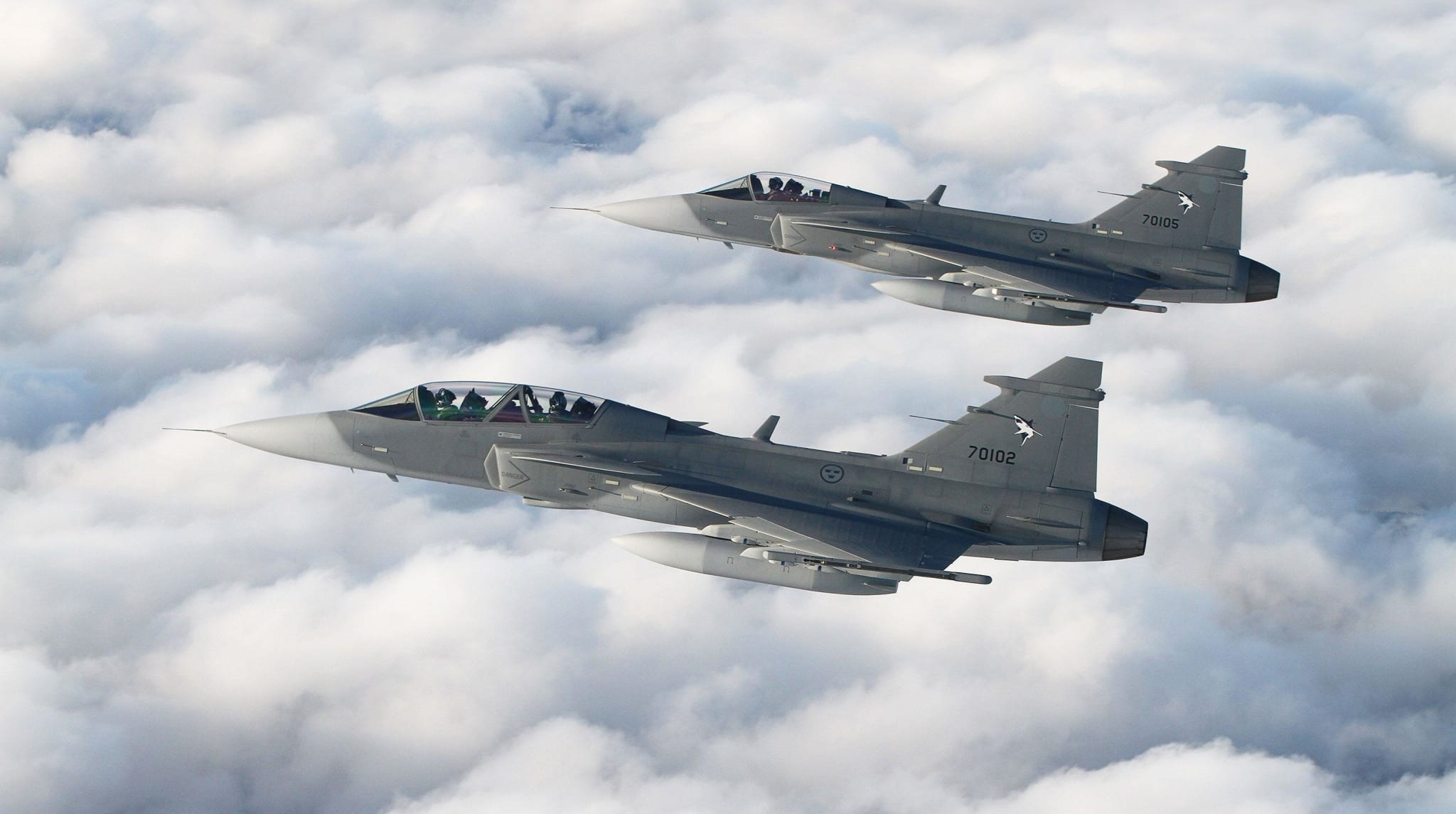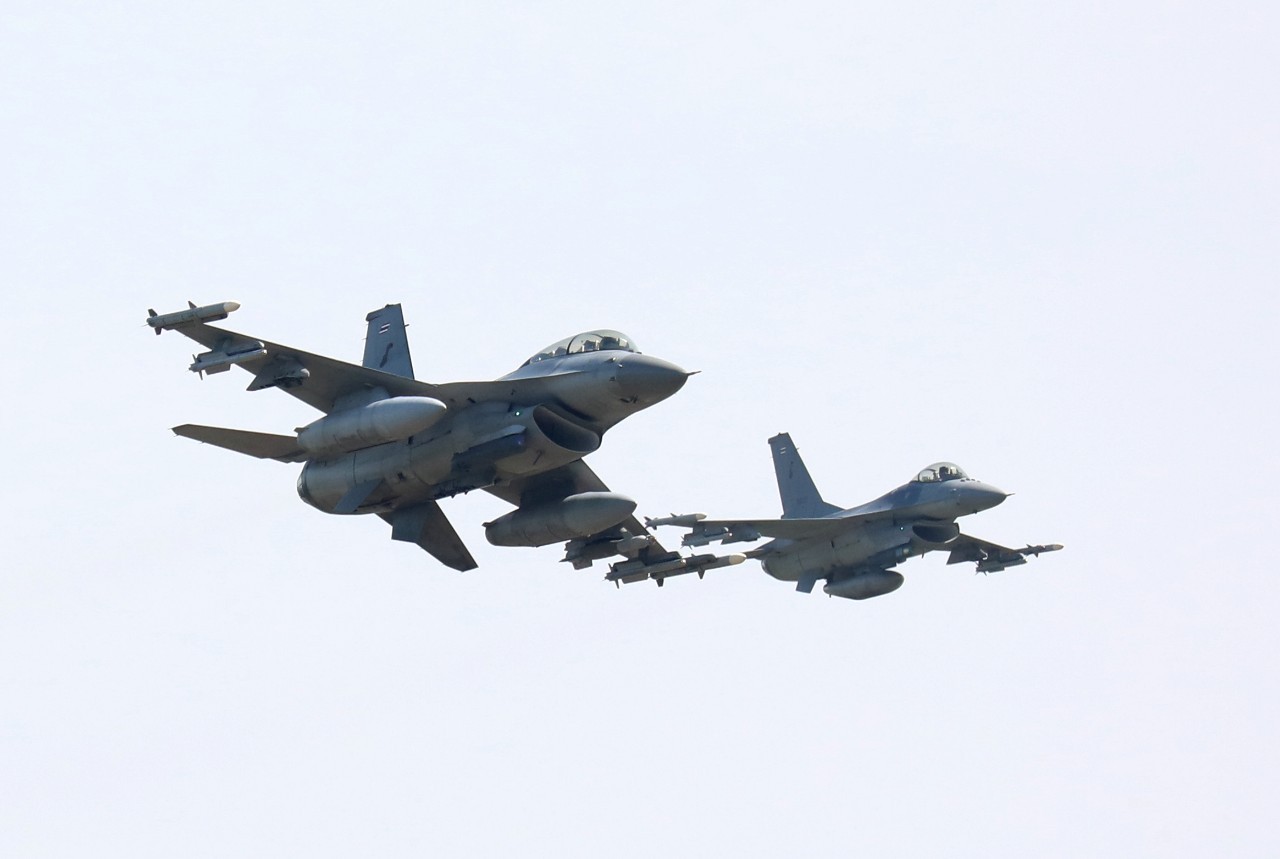Thailand bets on Saab Gripen E: take-off and landing tests on highways before final decision
Thailand evaluates the Saab Gripen E for its air force, with key take-off tests from highways.
The Thai Government, favoring the Swedish Gripen E over the American F-16 Block 70/72 offer for acquiring a new squadron of fighters to replace its aging F-16 A/B Fighting Falcons, will conduct a test to verify the takeoff and landing capability of the Saab Gripen from a highway before making a final decision mid-year.

According to The Bangkok Post, Thai Defense Minister Phumtham Wechayachai publicly declared his support for the Royal Thai Air Force's (RTAF) decision to acquire the Swedish fighter:
“As the RTAF wants to acquire another squadron, I leave it to the Air Force to choose the model they prefer, as they know better than anyone which fighter is most suitable to defend our country.”
Minister Wechayachai stated that he will approve the RTAF's purchase of Gripen fighters as long as the price does not exceed the allocated budget and the required level of technology transfer is ensured.

Meanwhile, Washington attempted to make its offer more attractive by offering Bangkok a 30% reduction in interest rates for the purchase of F-16 Block 70 combat aircraft. However, the Thai Ministry of Defense reportedly informed the US embassy in the country that it is not the government's policy to incur debt for arms purchases.
Operations from Dispersed Bases
Given that the RTAF plans to test the Gripen's ability to take off and land from highway sections, it is evident that the possibility of their air bases becoming quickly incapacitated in a conflict with a major power is being considered. This is precisely the high-intensity conflict scenario for which the Gripen was designed. According to military sources, it can land in just 500 meters, and the required takeoff distance is 400 meters, offering a significant tactical advantage.
The Gripen was designed from the outset for ease of maintenance, being able to be refueled, rearmed, and undergo basic maintenance by teams of just six personnel on the ground using two vehicles, on small airstrips or roads. This was crucial in the event of a war with the USSR/Russia, where airports and air bases would be primary targets. Additionally, only one member of the six-person ground support team needs to be a highly trained technician; the rest can be conscripts or even soldiers.
See also: FAB Gripen E “exceeded expectations” during their debut in CRUZEX 2024 exercise
Conceptually, the Swedish Air Force has always emphasized the need to conduct defensive and offensive operations from dispersed bases, so the Gripen was designed with ground support equipment and maintenance requirements compatible with this approach. It is likely that the RTAF prefers the Swedish-designed fighter because it anticipates that, in the event of a conflict with China, it will be forced to disperse its forces to remote locations to avoid losing combat capability on the ground without having engaged in battle.

/https://aviacionlinecdn.eleco.com.ar/media/2022/08/20220830-en-4340741-1-scaled.jpg)
Para comentar, debés estar registradoPor favor, iniciá sesión